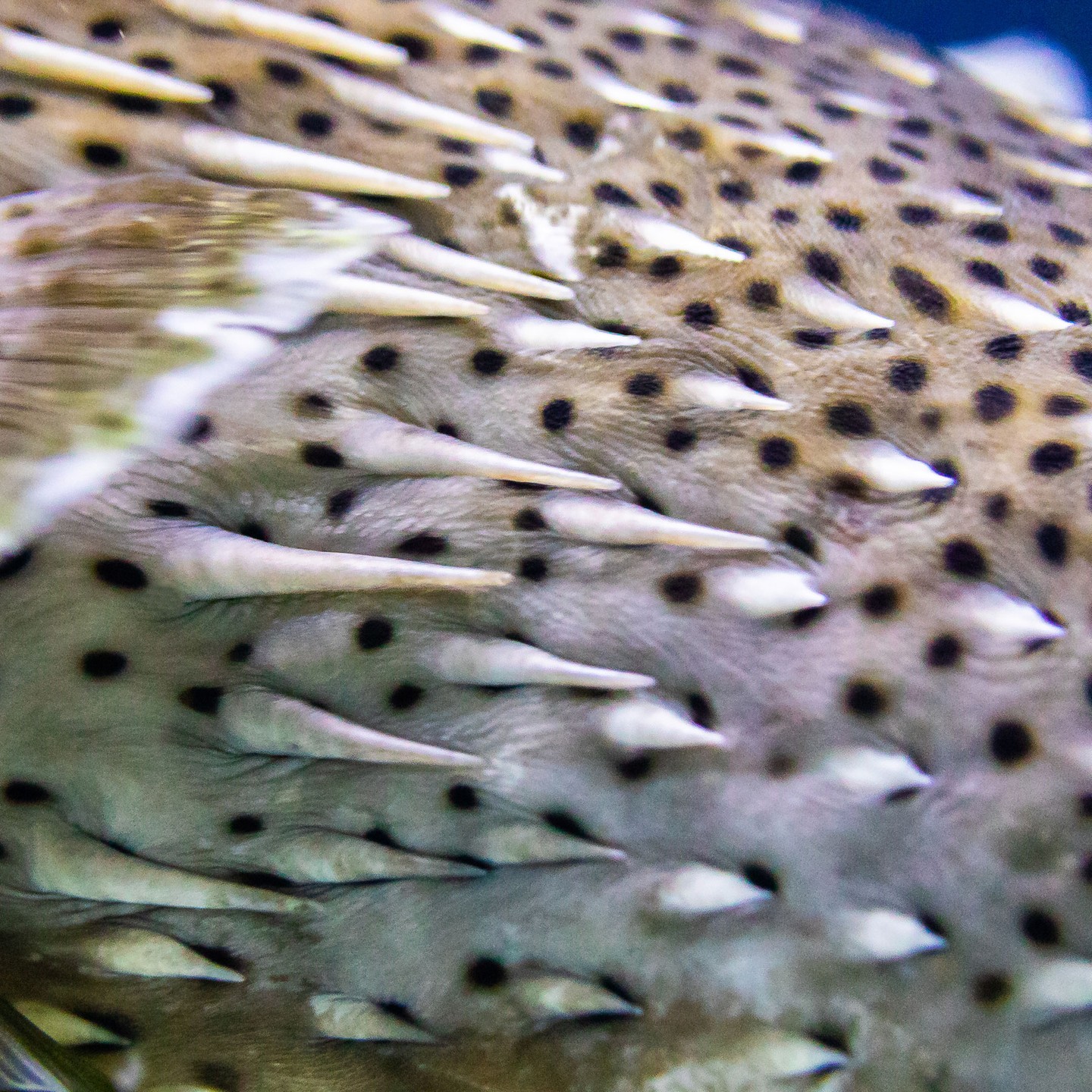Summary:
1. Introduction to the unique fish species that resembles a pufferfish but belongs to a different family.
2. Description of the fish’s spines, similar to a land animal with the same name.
3. The presence of toxins in the fish’s body, obtained through a diet of shelled marine organisms.
Have you ever come across a creature that closely resembles a pufferfish but belongs to an entirely different family of fish? Prepare to delve into the fascinating world of an extraordinary fish species, packed with intriguing characteristics and mysteries waiting to be unveiled. Its resemblance to a pufferfish might be deceptive, as it possesses unique features that set its unique features.
1. The Pseudo Pufferfish:
At first glance, the pseudo pufferfish, as we like to call it, might fool you into believing it is indeed a pufferfish. However, its classification rests within a separate family of fishes altogether. This fish, althoAlthougharance, has its list this fish in a set of quirks and charms.
2. “Spines in Common”:
One captivating aspect of the pseudo pufferfish lies in the intriguing comparison between its spines and those of another land animal that shares its name. Just like the prickly its terrestrial namesake’s formidable exterior of its terremerges from the ocean depths adorned with a coat of spines. These spines not only add to its unique aesthetic, but they also serve a purpose in its extraordinary life.
3. The Mystery of the Toxin:
Among the mysteries surrounding the pseudo pufferfish, the body of the presence remains of great interest. Scientists have recently discovered that this elusive creature obtains its toxin through a specialized diet of shelled marine organisms. These shells contain minute amounts of toxins, accumulating within the fish’s body, providing its chemicrsenal for defense.
Imagine the pseudo pufferfish navigating through the ocean, unassumingly delightful in appearance, yet concealed within lies a secret weapon. It cleverly extracts toxins from its prey, transforming them into a powerful deterrent against potential predators. This evolutionary adaptation offers an awe-inspiring example of nature’s ingenuity and intricate interconnections.
4. A Closer Look:
To truly appreciate the pseudo pufferfish, one must observe its enchanting behavior and remarkable physical attributes. Its vibrant colors, ranging from striking red and orange hues to intricate patterns of blue and green, accentuate its striking physical appearance. Furthermore, its flexible body allows for fluid movement, effortlessly maneuvering through coral reefs and coastal waters, tempting the eyes of marine enthusiasts and zoologists alike.
5. Links to its Aquatic Environment:
The pseudo puffeLiketic creatures thrive in specie pseudo pufferfish fic ecosystems, displaying a symbiotic relationship with their surroundings. Its spiky exterior blends seamlessly with the diverse underwater flora, providing camouflage against numerous potential adversaries. Additionally, its toxin-laden diet contributes to ecological harmony by regulating the population of shelled organisms, acting as an efficient predator within its ecological niche.
Conclusion:
The pseudo pufferfish is truly a marvel of nature, fascinating both professional biologists and casual observers. Its deceptive resemblance to a pufferfish and its spiny exterior and anybody make it a captivating subject of study. This unique species, thriving in its aquatic habitat, exemplifies the intricate interconnectedness and stunning adaptations that pervade the realm of wildlife. Next time you encounter a fish that looks like a pufferfish, take a moment to appreciate its individuality and the extraordinary story it has to tell.
*****
Source Description
What am I?
1. I might look similar to a pufferfish but belong to a different fish family.
2. I’m covered in spines, much like the land animal I share with whom with.
3. I have in my body, which scientists believe is my diet of shelled marine organisms.
Find the answer at the link in our bio!


